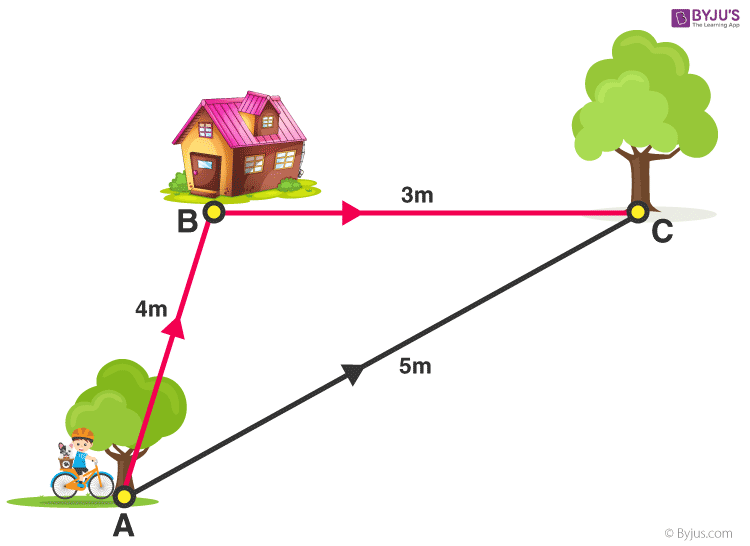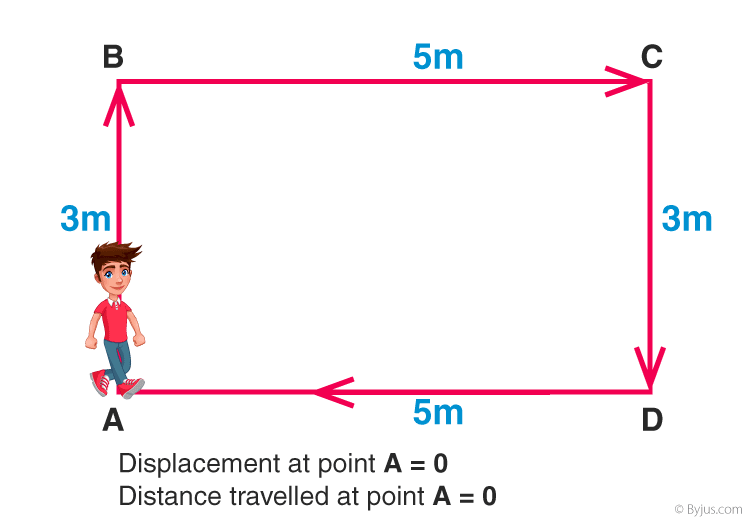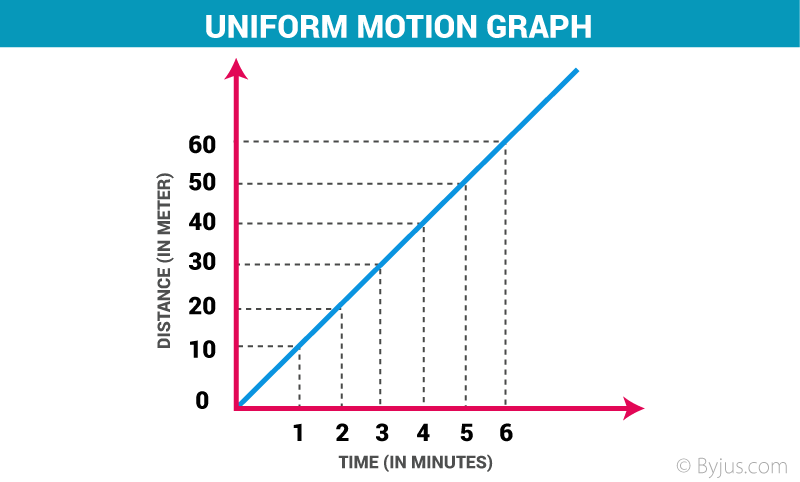Chapter motion
WHAT IS MOTION
Motion, in physics, change with time of the position or orientation of a body. Motion along a line or a curve is called translation. Motion that changes the orientation of a body is called rotation. In both cases all points in the body have the same velocity (directed speed) and the same acceleration (time rate of change of velocity). The most general kind of motion combines both translation and rotation.
All motions are relative to some frame of reference. Saying that a body is at rest, which means that it is not in motion, merely means that it is being described with respect to a frame of reference that is moving together with the body. For example, a body on the surface of the Earth may appear to be at rest, but that is only because the observer is also on the surface of the Earth. The Earth itself, together with both the body and the observer, is moving in its orbit around the Sun and rotating on its own axis at all times. As a rule, the motions of bodies obey Newton’s laws of motion. However, motion at speeds close to the speed of light must be treated by using the theory of relativity, and the motion of very small bodies (such as electrons) must be treated by using quantum mechanics.
The difference between scalar and vector quantities
Scalar and vector quantities
A quantity that has magnitude but no particular direction is described as scalar. A quantity that has magnitude and acts in a particular direction is described as vector.
Scalar quantities
Scalar quantities only have magnitude (size).
For example, 11 m and 15 ms-1 are both scalar quantities.
Scalar quantities include:
- distance
- speed
- time
- power
- energy
Scalar quantities change when their magnitude changes.
Vector quantities
Vector quantities have both magnitude and direction. For example, 11 m east and 15 ms-1 at 30° to the horizontal are both vector quantities.
Vector qualities include:
- displacement
- velocity
- acceleration
- force
- weight
- momentum
Vector quantities change when:
- their magnitude changes
- their direction changes
- their magnitude and direction both change
The difference between scalar and vector quantities is an important one.
Speed is a scalar quantity – it is the rate of change in the distance travelled by an object, while velocity is a vector quantity – it is the speed of an object in a particular direction.
Example
A geostationary satellite is in orbit above Earth. It moves at constant speed but its velocity is constantly changing (since its direction is always changing).
- the difference in two vectors quantities = final vector - initial vector
- the difference in two scalar quantities = large value - small value
Distance and displacement are two quantities that seem to mean the same but are distinctly different with different meanings and definitions. Distance is the measure of “how much ground an object has covered during its motion” while displacement refers to the measure of “how far out of place is an object.” In this article, let us understand the difference between distance and displacement.
What is Distance?
Distance is the total movement of an object without any regard to direction. We can define distance as to how much ground an object has covered despite its starting or ending point.
Let’s understand the concept of distance with the help of the following diagram:

Explanation of distance
Distance here will be = 4m + 3m + 5m = 12 m
Distance Formula
How is Displacement defined?

Displacement =
= Final Position
= Initial Position
= Displacement
Examples of Distance and Displacement
Question 1. John travels 250 miles to North but then back-tracks to South for 105 miles to pick up a friend. What is John’s total displacement?
Answer: John’s starting position Xi= 0.
Her final position Xf is the distance travelled N minus the distance South.
Calculating displacement, i.e.D.
D = ΔX = (Xf – Xi)
D = (250 mi N – 105 mi S) – 0
D = 145 mi N
Question 2. An object moves along the grid through points A, B, C, D, E, and F as shown below. The side of square tiles measures 0.5 km.
a) Calculate the distance covered by the moving object.
b) Find the magnitude of the displacement of the object.

Solution:
a) The distance covered by the moving object is calculated as follows:
AB + BC + CD + DE + EF
3 + 1 + 1.5 + 0.5 + 0.5 = 6.5 km
The distance covered by the moving object is 6.5 km.
b) The initial point is A and the final point is F, hence the magnitude of the displacement is equal to the distance AF which is calculated by applying Pythagoras’s theorem to the triangle AHF as shown in the figure below

Applying the Pythagorean formula, we get
Substituting the formula, we get
The magnitude of displacement is 2.5 km.
Distance vs Displacement
| Distance | Displacement |
| The complete length of the path between any two points is called distance | Displacement is the direct length between any two points when measured along the minimum path between them |
| Distance is a scalar quantity as it only depends upon the magnitude and not the direction | Displacement is a vector quantity as it depends upon both magnitude and direction |
| Distance can only have positive values | Displacement can be positive, negative and even zero |
Uniform Motion and Non Uniform Motion
Uniform Motion:
Definition: This type of motion is defined as the motion of an object in which the object travels in a straight line and its velocity remains constant along that line as it covers equal distances in equal intervals of time, irrespective of the duration of the time.

If a body is involved in rectilinear motion and the motion is consistent, then the acceleration of the body must be zero.
Example of Uniform Motion:
- If the speed of a car is 10 m/s, it means that the car covers 10 meters in one second. The speed is constant in every second.
- Movement of blades of a ceiling fan.
Non Uniform Motion:
Definition: This type of motion is defined as the motion of an object in which
the object travels with varied speed and it does not cover same distance in
equal time intervals, irrespective of the time interval duration.

